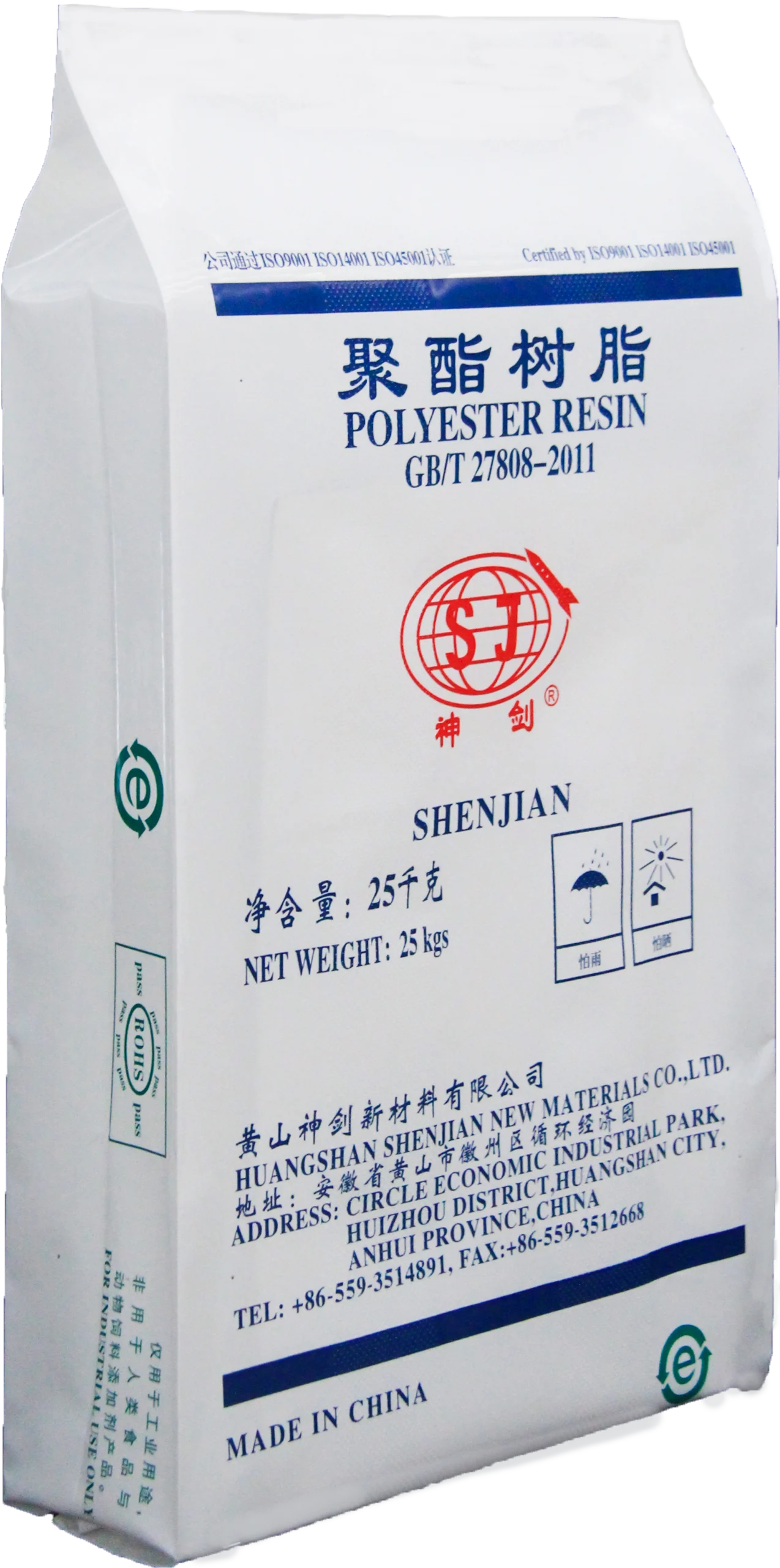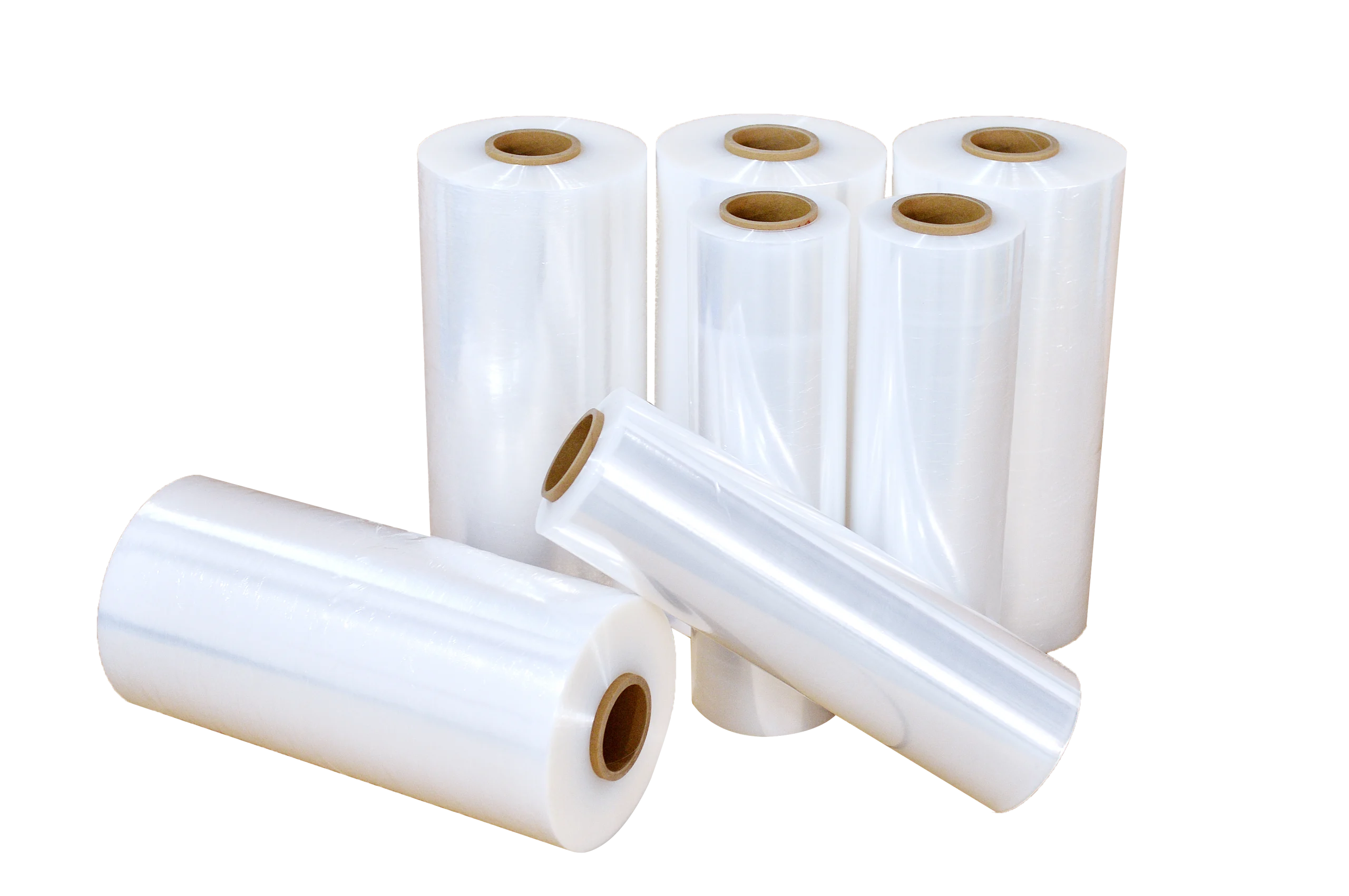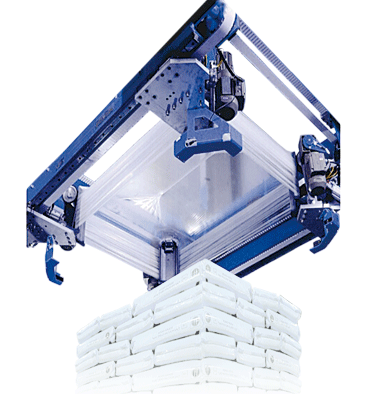
2025-01-30
Foil barrier packaging and composite packaging each have distinct properties that make them suitable for specific industries and applications. The choice between the two often depends on factors such as barrier performance, durability, cost, and environmental considerations.
1.Foil Barrier Packaging
The core material of aluminum foil barrier packaging is aluminum foil, which is compounded with plastic film. Aluminum foil has excellent barrier properties and can effectively block the penetration of oxygen, water vapor, light and microorganisms.
Pharmaceuticals and Healthcare
In the pharmaceutical industry, foil barrier packaging is widely used for blister packs and sachets. Its ability to provide a hermetic seal ensures that medications remain protected from moisture, oxygen, and microbial contamination. This is particularly important for sensitive drugs, such as biologics or hygroscopic compounds, where even minor exposure to environmental factors can compromise efficacy.
食品・飲料
Foil barrier packaging is a staple in the food industry, especially for products that require extended shelf life or protection from light and oxygen. Examples include coffee, tea, dairy products, and ready-to-eat meals. The foil layer effectively prevents oxidation and preserves flavor, aroma, and nutritional value. Additionally, it is commonly used for retort packaging, where products are sterilized at high temperatures, as the foil can withstand such conditions without degrading.
Electronics and Semiconductors
In the electronics industry, foil barrier packaging is employed to protect sensitive components from static electricity, moisture, and dust. Anti-static foil bags, for instance, are used to store and transport microchips, circuit boards, and other electronic parts. The foil’s conductive properties help dissipate static charges, preventing damage to delicate components.
2.Composite Packaging
Composite packaging, which combines multiple materials such as plastics, paper, and metalized films, offers versatility and cost-effectiveness. It is often chosen for applications where lightweight, flexible, and customizable packaging solutions are needed.
Consumer Goods and Retail
Composite packaging is widely used in the consumer goods sector for products such as snacks, cereals, and pet food. Its lightweight nature reduces transportation costs, while the ability to incorporate printed designs enhances brand appeal. The multi-layer structure of composite packaging can be tailored to provide specific barrier properties, making it suitable for a range of products with varying shelf life requirements.
飲料
In the beverage industry, composite packaging is commonly used for liquid cartons, such as those for milk, juice, and plant-based beverages. The combination of paperboard, plastic, and aluminum layers provides an effective barrier against light and oxygen while maintaining the structural integrity of the packaging. This type of packaging is also favored for its recyclability and lower environmental impact compared to purely plastic alternatives.
Personal Care and Cosmetics
Composite packaging is a popular choice for personal care and cosmetic products, including shampoos, lotions, and creams. Its flexibility allows for innovative designs, such as squeezable tubes and stand-up pouches, which enhance user convenience. Additionally, the barrier properties of composite materials help preserve the stability and efficacy of active ingredients in these products.
Industrial and Chemical Product
For industrial and chemical applications, composite packaging is often used to store and transport powders, granules, and liquids. Its durability and resistance to punctures make it suitable for handling abrasive or hazardous materials. Furthermore, composite packaging can be engineered to provide chemical resistance, ensuring compatibility with a wide range of substances.
The choice between foil barrier and composite packaging depends on the specific requirements of the product and industry. For applications demanding uncompromising protection and extended shelf life, foil barrier packaging is the preferred option. In contrast, composite packaging is ideal for industries seeking lightweight, customizable, and cost-effective solutions without sacrificing essential barrier properties.
その他のニュース
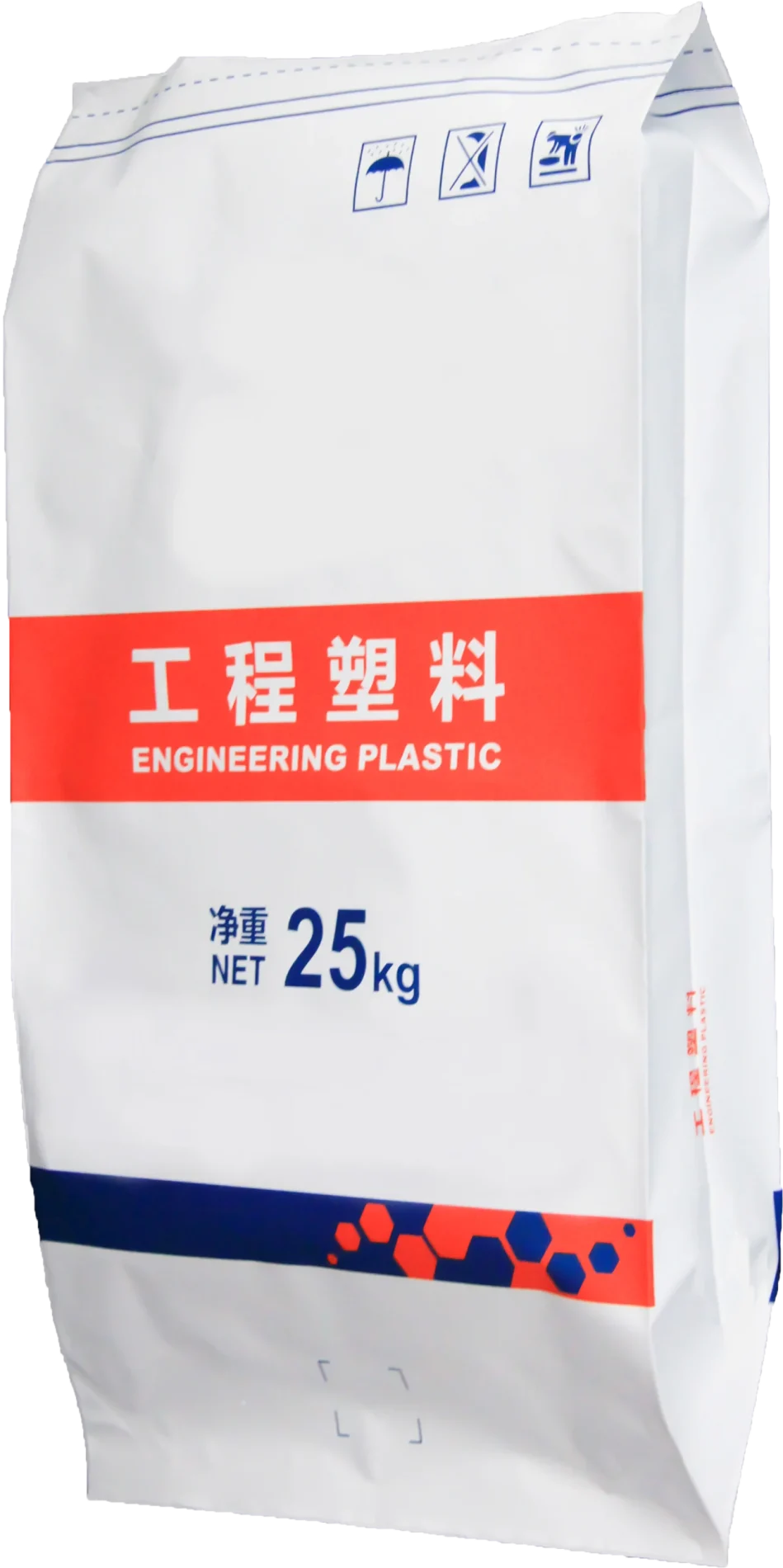
2025-02-21
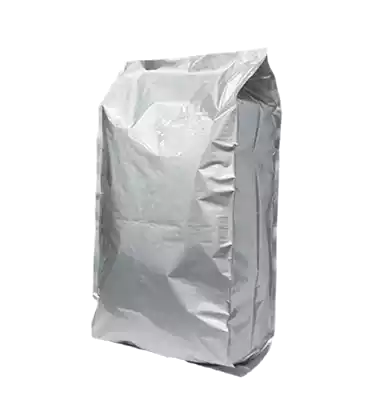
2025-02-13
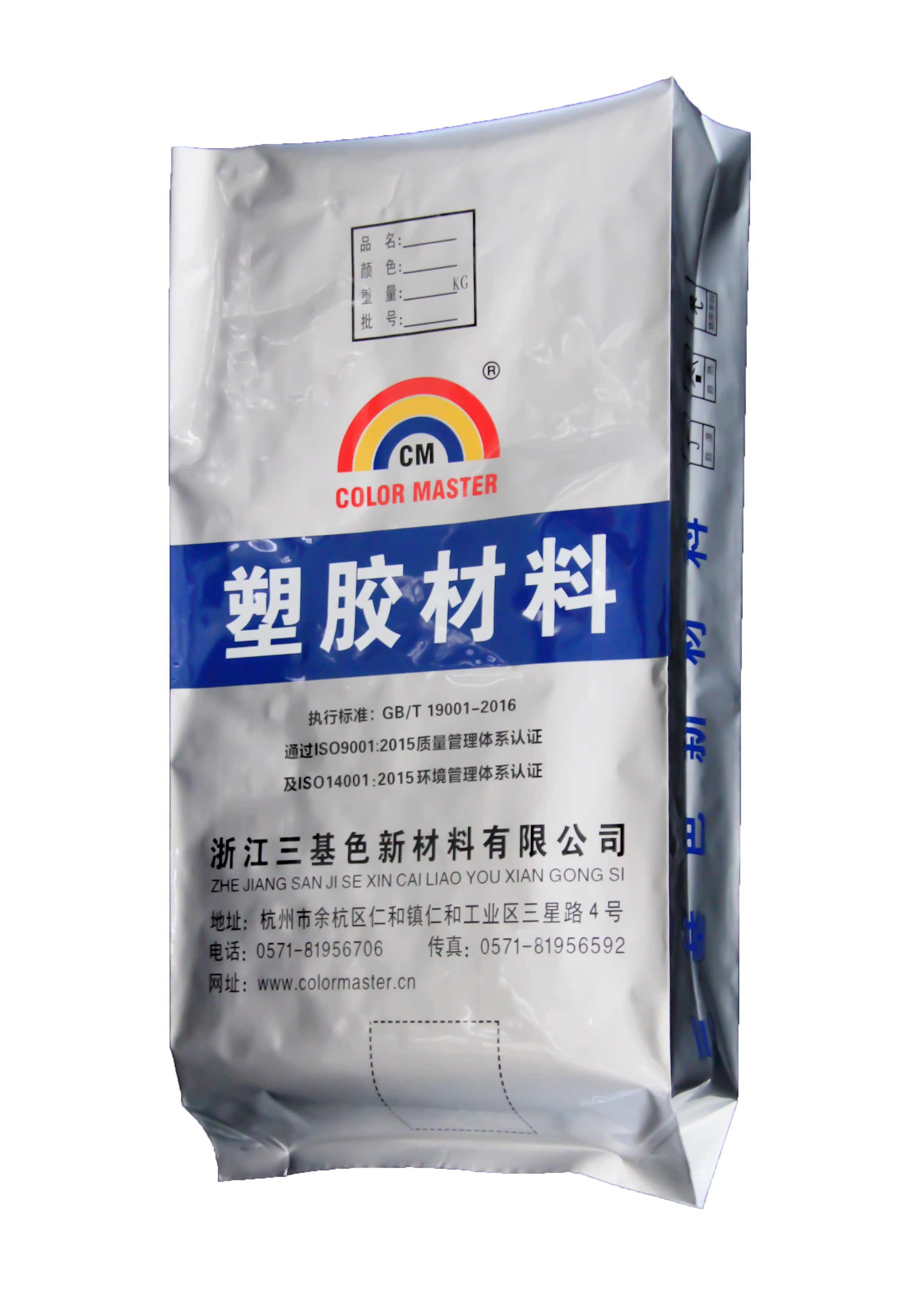
2025-02-05

2025-01-30
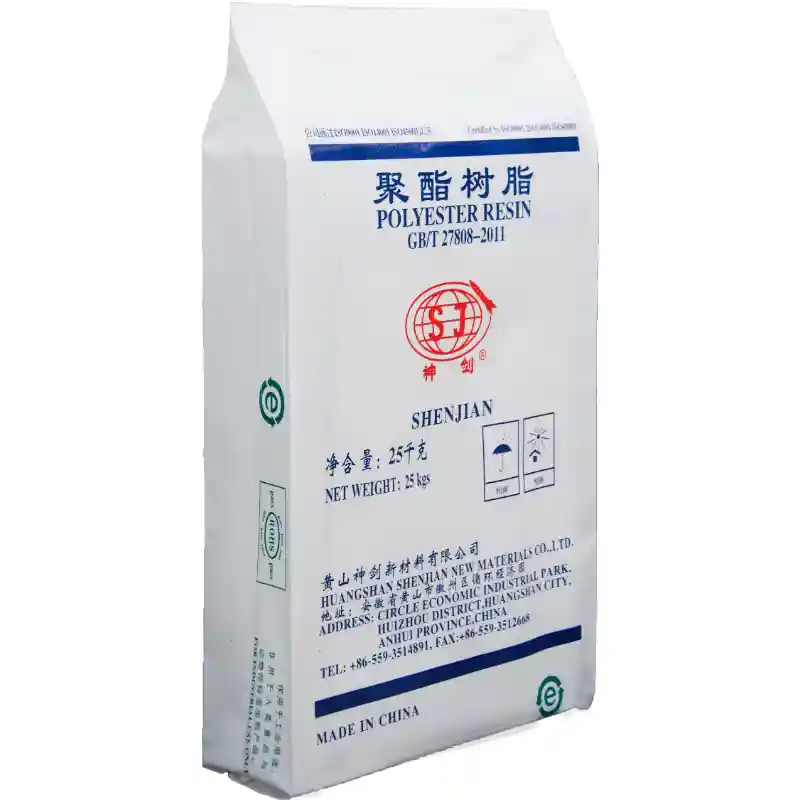
2025-01-25

2025-01-25
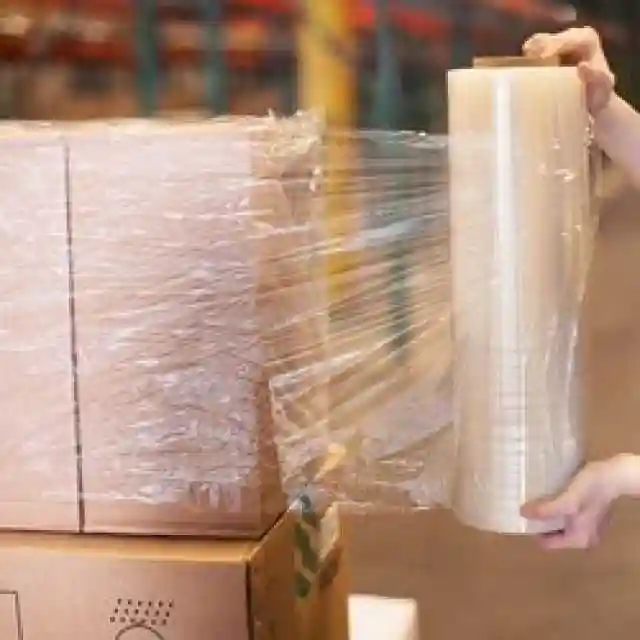
2025-01-21
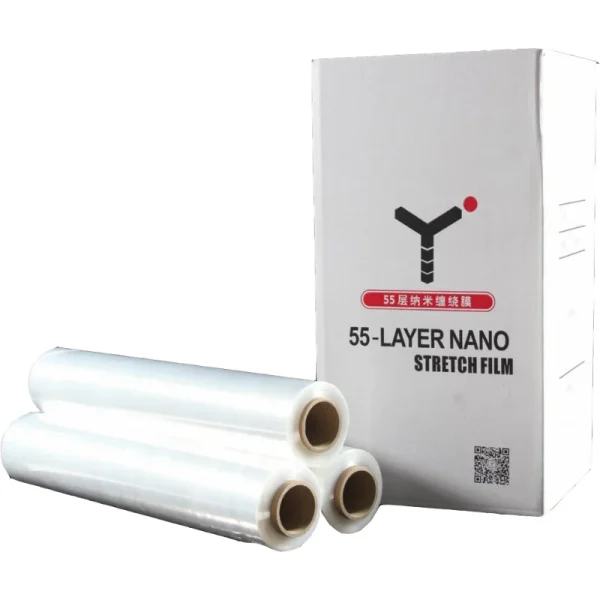
2025-01-15

